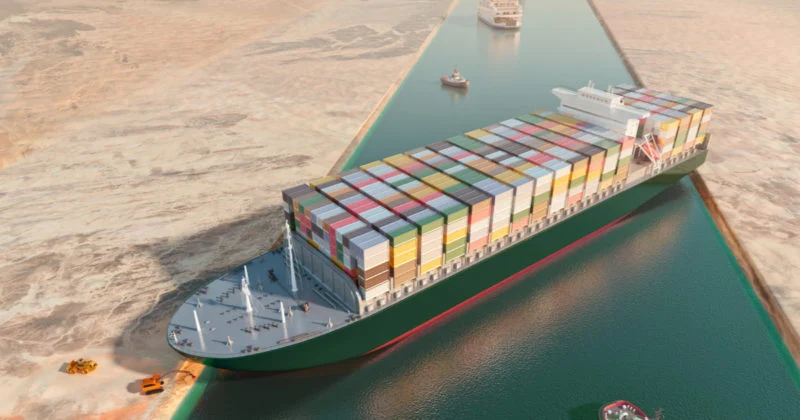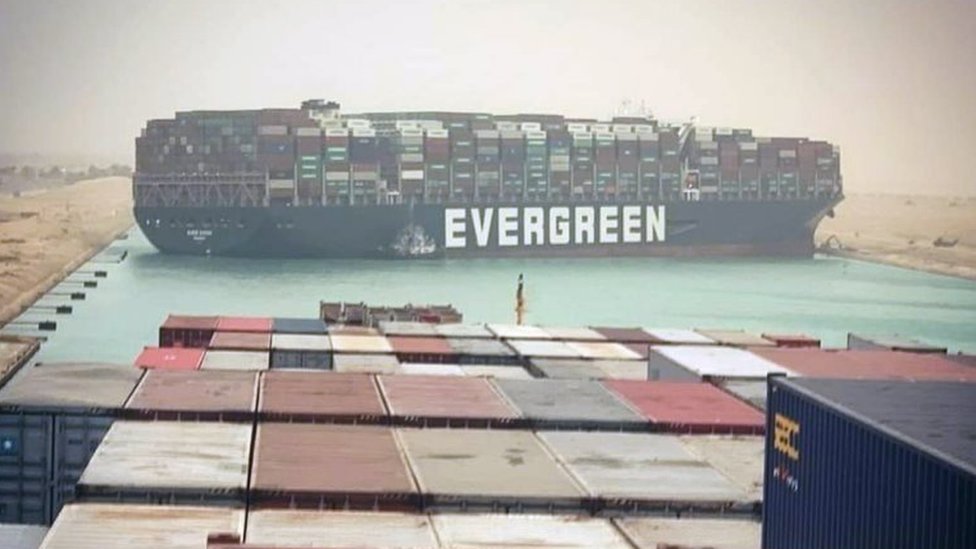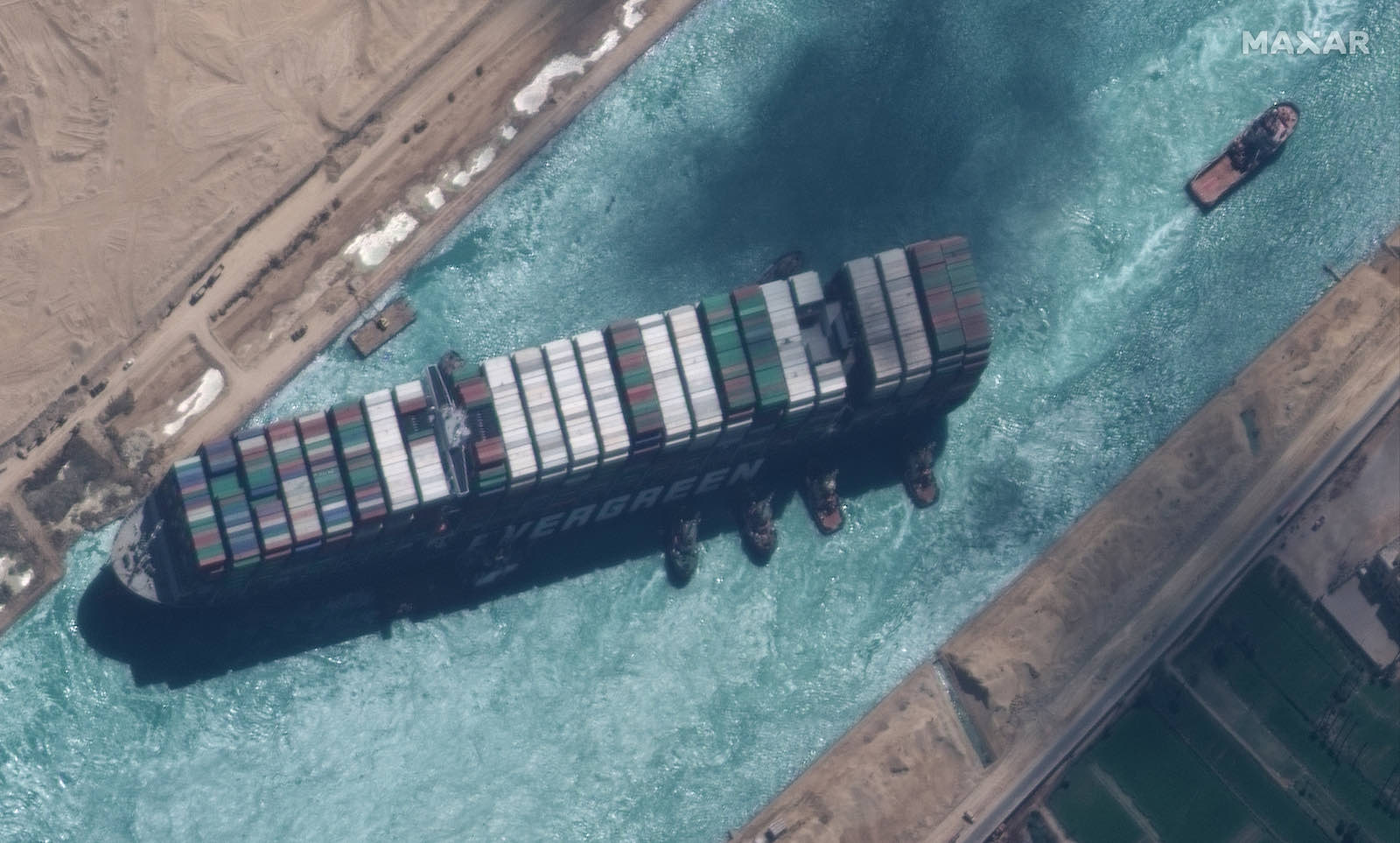
Discover why does the suez canal keep getting blocked and what is the … explore potential solutions to prevent future disruptions. Topics include factors like ship size, environmental challenges, and traffic management.
Introduction
The Suez Canal is one of the most critical waterways in the world, connecting the Mediterranean Sea to the Red Sea. It serves as a lifeline for global maritime trade, allowing ships to avoid the lengthy journey around the southern tip of Africa. Despite its importance, the canal has faced frequent blockages that have caused severe disruptions to global supply chains. Understanding why the Suez Canal keeps getting blocked and what is the solution requires examining various factors, from the growing size of ships to environmental challenges. This post will explore these issues in depth and provide insights into potential solutions.
The Importance of the Suez Canal
The Suez Canal is vital for the efficient movement of goods worldwide. It shortens the distance between Europe and Asia by thousands of miles, making it a preferred route for shipping companies. With over 12% of global trade passing through this canal, any blockage can cause delays and financial losses. Understanding why the Suez Canal keeps getting blocked and what is the underlying issue is essential for resolving these costly disruptions.
Increased Size of Ships
One major reason the Suez Canal keeps getting blocked is the ever-increasing size of ships. Over the last few decades, the shipping industry has seen a rise in the construction of mega-vessels, such as the infamous Ever Given, which ran aground in 2021. These ships are longer, wider, and heavier, making them harder to manoeuvre in the canal’s narrow confines.
The Challenge of Navigation
With larger vessels comes greater responsibility for ship captains and crews. Navigating through the Suez Canal is a complex task that requires precision and skill. However, the sheer size of these ships makes them more susceptible to external forces, such as wind and currents, which can push them off course. This highlights another reason why the Suez Canal keeps getting blocked and what is the role of navigation challenges in these incidents.
Environmental Factors
Natural conditions play a significant role in the frequent blockages of the Suez Canal. The canal runs through a desert region where strong winds and sandstorms are common. These environmental factors can reduce visibility and make it easier for ships to stay on course. The impact of weather is crucial in understanding why the Suez Canal keeps getting blocked and what the solution is to mitigate this risk.
Mechanical Failures
In addition to environmental challenges, mechanical failures on ships can also contribute to canal blockages. Ships passing through the canal may experience engine malfunctions or rudder problems, which can result in loss of control. Although relatively rare, these failures can have a catastrophic impact on the flow of traffic through the canal.

Congestion in the Canal
As global trade continues to grow, the number of ships using the Suez Canal has increased significantly. This increased traffic leads to congestion, especially in narrower canal sections where two-way traffic is impossible. When the canal becomes crowded, the likelihood of an accident increases, which explains why the Suez Canal keeps getting blocked and what is the result of overuse.
Human Error and Misjudgments
Human error is another critical factor contributing to blockages in the Suez Canal. Even the most experienced captains can make mistakes in judgment, especially under pressure. Misjudging the canal’s width or the vessel’s speed can lead to groundings or collisions with the canal’s walls.
High Winds and Khamsin Winds
The region around the Suez Canal is notorious for high winds, particularly during the spring. The Khamsin wind, a hot and dusty wind from the Sahara Desert, can reach speeds that make navigation difficult. Ships already struggling with size or mechanical issues are especially vulnerable to these powerful winds.
The Impact of Blockages on Global Trade
The consequences of a blocked Suez Canal ripple through the global economy. When the canal is blocked, ships are forced to wait or take the longer route around the Cape of Good Hope, adding weeks to their journey. This delay causes shortages of goods, increases shipping costs, and disrupts supply chains. This explains why the Suez Canal keeps getting blocked and what is the impact on the global economy.
The Role of the Suez Canal Authority
The Suez Canal Authority (SCA) is responsible for operating and maintaining the canal. While they have tried to expand and modernize the canal, the challenges posed by larger ships and increased traffic remain significant. The SCA has taken steps to improve navigational aids and provide more support to vessels passing through, but further innovations are needed to reduce the frequency of blockages.
Solutions for Preventing Future Blockages
Given the ongoing risk of blockages, several solutions have been proposed to prevent future incidents. One of the most straightforward solutions is to widen and deepen the canal further to accommodate larger vessels more comfortably. This would provide more room for manoeuvring and reduce the likelihood of ships running aground.
Enhancing Pilot Assistance
Another solution is to improve the assistance provided by pilots. Pilots specialize in navigating specific waterways, such as the Suez Canal. By providing better training and support for these pilots, the risk of human error can be minimized, which is a critical factor in why the Suez Canal keeps getting blocked and the role of pilot assistance in these events.
Implementing Better Traffic Management
Implementing better traffic management systems could manage congestion in the Suez Canal more effectively. By scheduling ships more efficiently and spacing them out along the canal, the risk of accidents and blockages can be reduced. This is particularly important as global trade grows and more ships use the canal.

Technological Advancements in Ship Design
Another potential solution is to encourage technological advancements in ship design. Ships that are better equipped to handle the environmental and navigational challenges of the Suez Canal would be less likely to experience issues like groundings. This approach could significantly reduce the number of blockages.
Weather Prediction Systems
Given the impact of weather on canal blockages, improving weather prediction systems could help ships prepare for adverse conditions. By providing boats with more accurate and timely information about upcoming weather events, they can take the necessary precautions to avoid getting caught in high winds or sandstorms.
Increased Communication Between Ships
Improved communication between ships could also reduce the risk of blockages. By sharing real-time information about conditions in the canal, ships could work together to navigate more safely and avoid accidents. This collaborative approach would help mitigate some of the risks that lead to blockages.
The Economic Costs of Blockages
The financial impact of a blocked Suez Canal is staggering. The canal is blocked daily, and billions of dollars worth of goods are delayed. This can lead to shortages of essential items, increased prices, and financial losses for shipping companies. Understanding why the Suez Canal keeps getting blocked, and the economic impact is crucial for developing effective solutions.
The Role of International Cooperation
Given the Suez Canal’s global significance, international cooperation is essential for resolving the issues that lead to blockages. Countries relying on the canal for trade must work together to develop and implement solutions to prevent future disruptions.
Lessons from the Ever-Given Incident
The Ever Given incident in 2021 was a wake-up call for the shipping industry and governments around the world. It highlighted the Suez Canal’s vulnerabilities and underscored the need for immediate action to address these issues. This incident offers valuable lessons about why the Suez Canal keeps getting blocked and its future outlook.
Future Outlook for the Suez Canal
The Suez Canal will continue to play a vital role in global trade. However, the risk of blockage will remain without significant improvements in infrastructure, navigation, and traffic management. Understanding why the Suez Canal keeps getting blocked and what is the long-term solution is essential for maintaining the flow of global trade.

Conclusion
The reasons why the Suez Canal keeps getting blocked and what is the solution are multifaceted. From the increased size of ships to environmental and human factors, many issues contribute to the frequent blockages. However, by implementing better traffic management, enhancing pilot assistance, and improving canal infrastructure, it is possible to reduce the frequency of these disruptions and ensure the continued flow of global trade.
Read also: Fashion 6 Cell 10.8V 4001mAh-5000mAh Replacement Laptop Battery for Asus